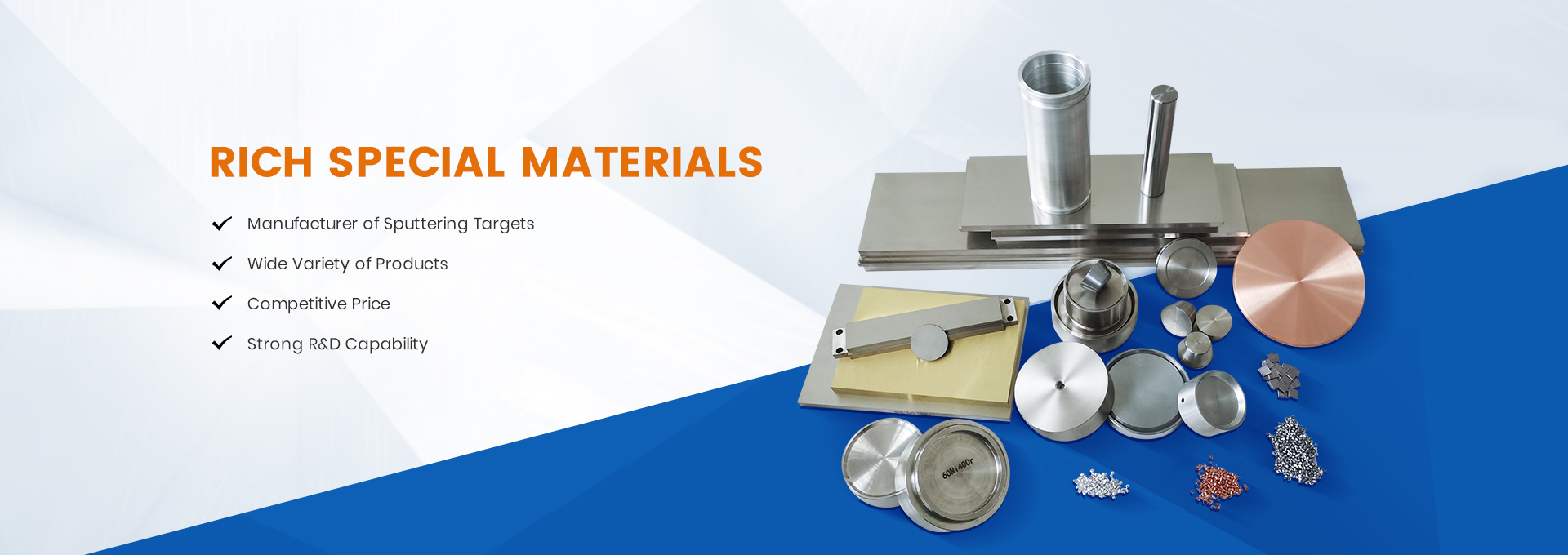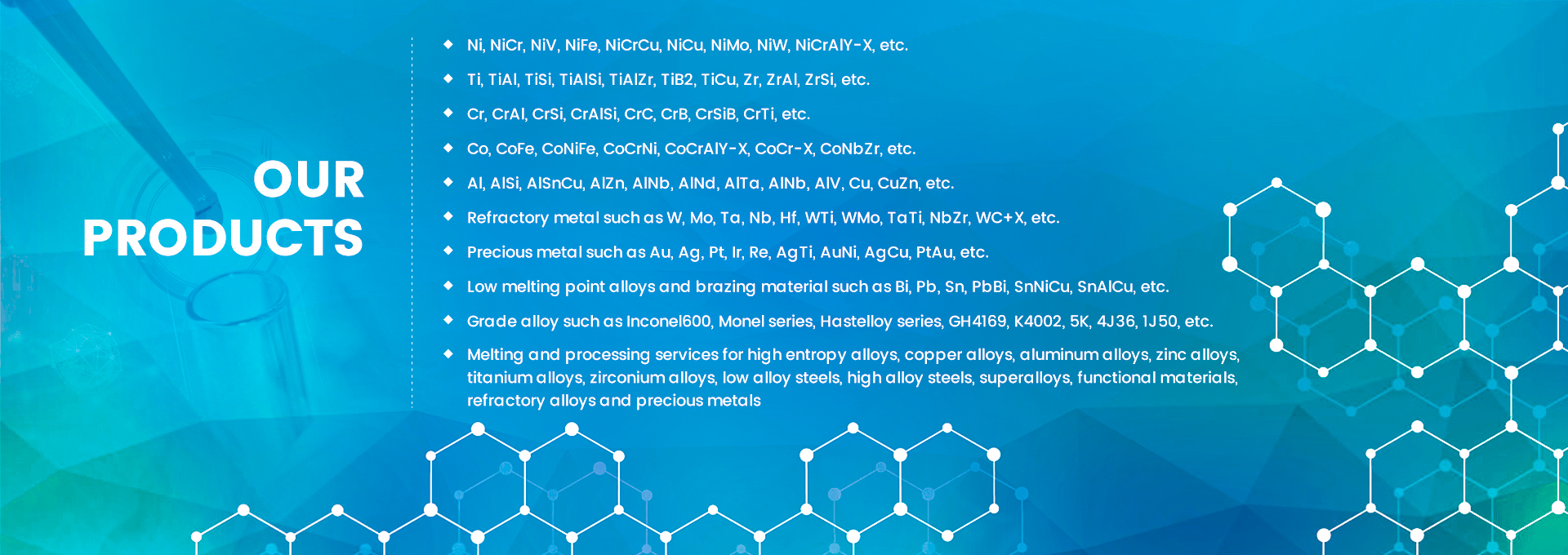Recently, many customers have inquired about high entropy alloy. What is the manufacturing method of high entropy alloy? Now let’s share it with you by the editor of RSM.
The manufacturing methods of high entropy alloys can be divided into three main ways: liquid mixing, solid mixing and gas mixing. Liquid mixing includes arc melting, resistance melting, induction melting, Bridgman solidification and laser additive manufacturing. In the study, most high entropy alloys are made by arc melting, and arc melting occurs in the vacuum sealed argon environment of casting molten alloys. The alloy to be manufactured is liquefied using a vacuum arc melter. The glue melting machine is equipped with button crucible. Melting is accomplished using a consumable tungsten electrode that uses metal particles as charges to strike the arc. The chamber is then pumped using a turbomolecular pump and a roughing pump to obtain approximately 3 × 10 − 4 Tor. Argon is filled in the chamber to slightly reduce the pressure so as to form a plasma when the arc strikes. Then the molten pool is stirred by conventional plasma. The process is then repeated several times to achieve uniformity of the composition.
In any case, the challenge of heating the components together tends to form a hypoeutectic. Due to the slow cooling speed, the shape and size of the block ingots are limited, and it is relatively expensive to use this technology to manufacture high entropy alloys. The solid mixing route involves mechanical alloying and subsequent consolidation processes. Some studies show that mechanical alloying produces uniform and stable nanocrystalline microstructure. The gas mixing route includes molecular beam epitaxy, sputtering deposition, pulsed laser deposition (PLD), vapor deposition and atomic layer deposition.
Post time: Nov-18-2022






